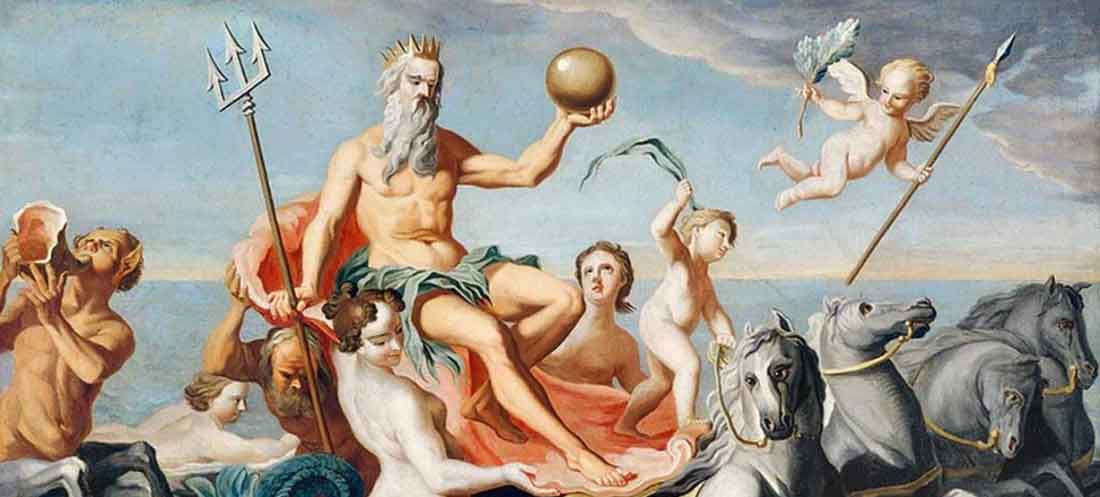Aglaia the youngest of the three Graces

Aglaea is the daughter of Zeus, the king of the gods, and Eurynome, an Oceanid nymph. This lineage positions her among the divinities closely linked to the ruling powers of the Olympian gods as well as the natural world. In some versions of the myth, her mother is said to be Hera, the queen of the gods.
The Charites are often depicted together, and they play a supportive and decorative role in the pantheon, enhancing other events and divinities with their presence. They are commonly shown dancing in a circle, which symbolizes the cycle of life and the beauty of nature. Aglaea, as the embodiment of beauty and splendor, adds to the aesthetic and harmonious aspects of these occasions.
Aglaea is married to Hephaestus, the god of fire, metalworking, and crafts. This pairing is particularly interesting as it contrasts her beauty and delicate attributes with his more rugged and malformed appearance, highlighting a theme common in Greek mythology where opposites are often joined to signify balance and completeness. Together, they are said to have had several children, including Eucleia (good repute), Eupheme (acclaim), Euthenia (prosperity), and Philophrosyne (welcome).
In art, Aglaea and her sisters are depicted as beautiful young women with attributes that emphasize their roles: Aglaea often holds a myrtle wreath or wears jewelry, indicating her association with adornment and glory. The Graces frequently appear in the retinue of other gods, notably Aphrodite, the goddess of love and beauty, emphasizing their collective role in spreading joy and loveliness.ct
The Charites were not just minor deities but also held a significant cultural role. They were integral to the aesthetics of the Greek worldview, representing an ideal of beauty and decorum that was to be aspired to in personal and public life. Their influence is seen in how Greeks approached their festivals, their arts, and even their daily interactions, promoting a society that valued harmony and beauty alongside bravery and wisdom.
Aglaea, through her specific domain over splendor and magnificent adornment, serves as a symbol of the allure and enriching quality of beauty in both nature and human-made creations, encouraging a celebration of aesthetic and moral beauty in Greek culture.
